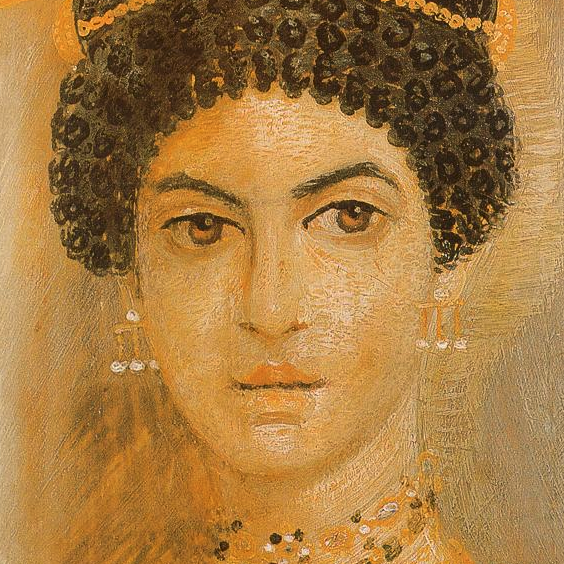
Growing up in the UK in the 1960s, I was used to history being taught and written from a Eurocentric perspective. However, this was an improvement from the Anglocentric perspective that may have been prevalent a few years earlier. As we continue to progress, we have come to realize the importance of the rest of the world. When reading “The History of the Medieval World” by Susan Wise Bauer, I was pleasantly surprised to see that it covered not only Europe, but also India, China, the Arab world, Japan, and Korea. It was refreshing to be reminded of the events occurring in these regions and to see them presented as a continuous narrative.
The author does not mention Africa or America in this book. This is understandable as they were not truly part of the medieval world at the time. However, it would have been more interesting if the author had tried to include them. Although it may have been challenging to find sources with the same level of detail, there were significant events and connections happening in both Africa and America, particularly in Africa with its strong links to the Arab world and India.
This book presents a straightforward narrative approach, focused on the actions and events of kings, emperors, and other important figures. To create this narrative, the author relies on a strong foundation of written sources.
While the medieval world was interconnected economically and socially, with events in one region having repercussions throughout the system, it was only very weakly connected diplomatically. This means that it is difficult to link the stories of Europe to those of the Far East in a straightforward manner. For example, Charlemagne likely knew that things were happening in China, and the policies of the Celestial Empire would have affected the daily life of the Holy Roman Empire. However, there were no direct connections between them. As a result, the book presents a series of parallel stories rather than a single cohesive one.
While this book is well-written and thoroughly researched, I did not find it very satisfying. I did not feel that I learned much from it beyond the names of a few key players. I believe that it is possible to write a good book for a general audience with this scope, but it needs to include more storytelling and background to make it a compelling tale. But I don’t want to be too negative. The medieval period is already well covered for specialists. “A History of the Middle Ages” by David Nicolle, “The Cambridge Medieval History” edited by David Luscombe and Jonathan Riley-Smith, “Medieval Europe: A Short History” by C. Warren Hollister, “The New Cambridge Medieval History” edited by Paul Fouracre and
“A World Lit Only by Fire: The Medieval Mind and the Renaissance” by William Manchester will keep anyone with a scholarly inclination happy and I am sure there are plenty more. But it would be great to have something that the general reader can enjoy, and this is a pretty good stab at it.
